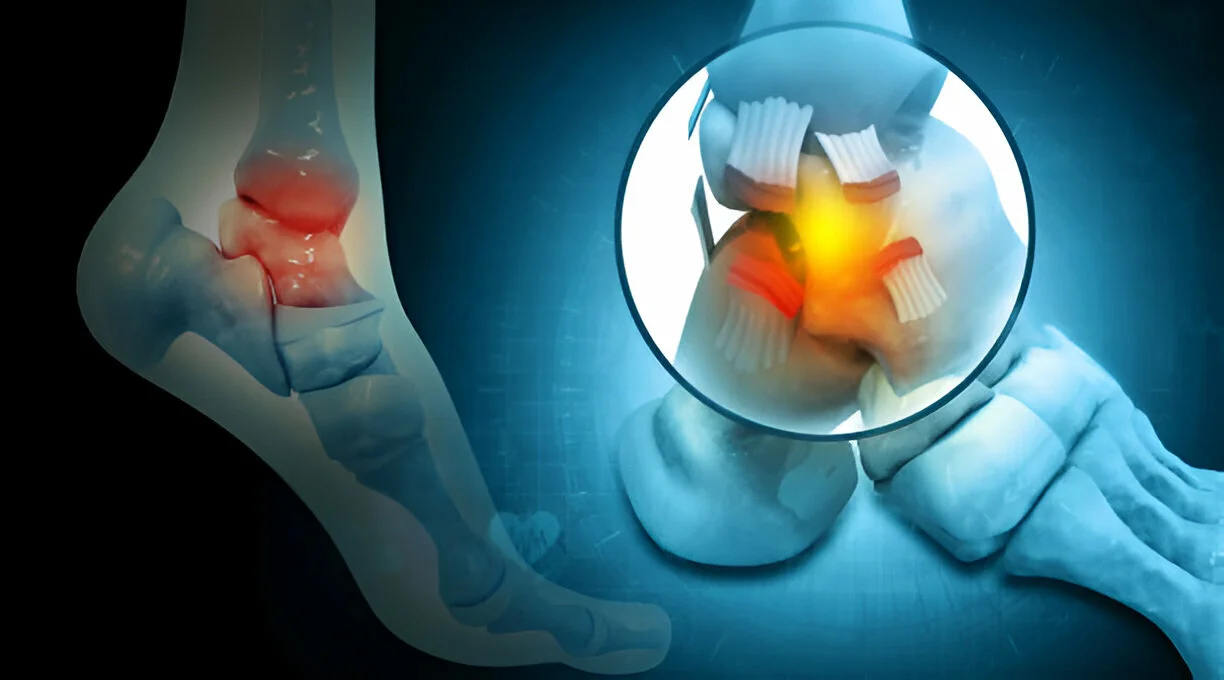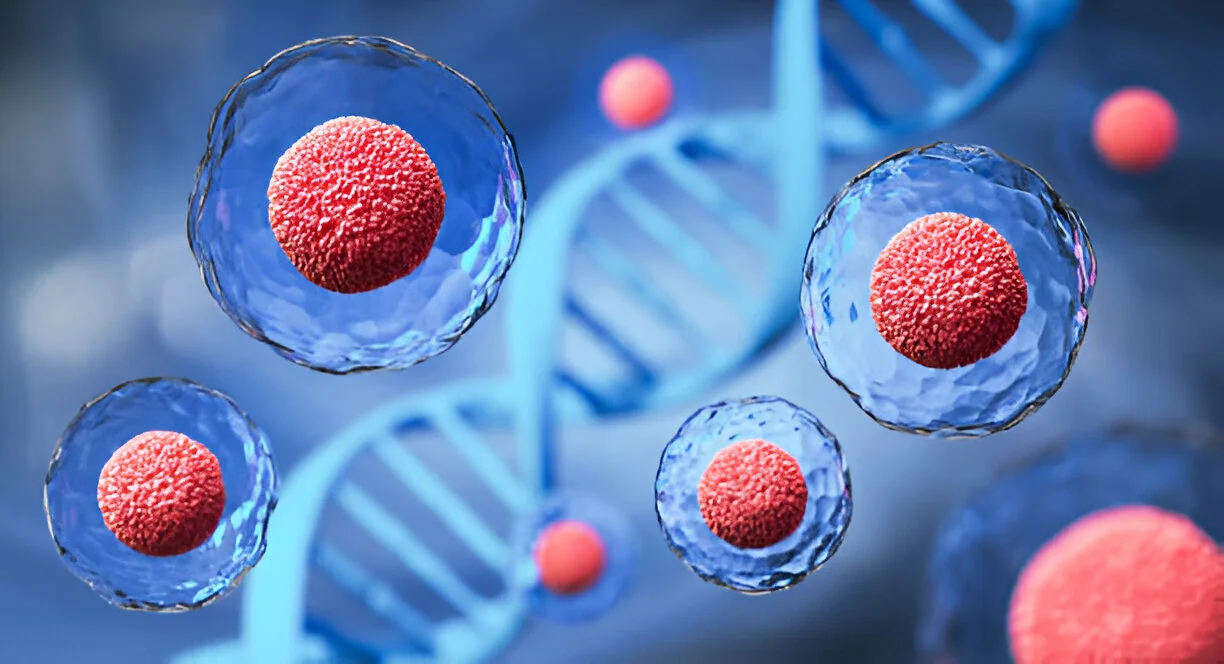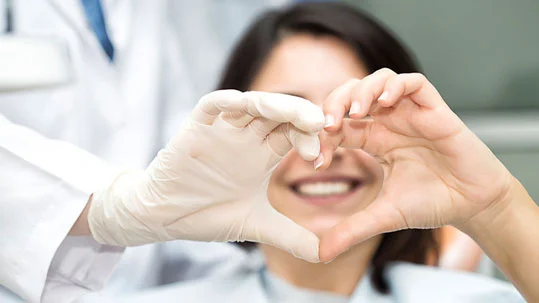Dr. David Greene, MD, PhD, MBA, stands at the forefront of regenerative medicine and healthcare innovation, blending clinical expertise with entrepreneurial vision. As the founder and CEO of R3 Stem Cell and US Lead Network, Dr. Greene has dedicated his career to advancing patient care and empowering medical practices through advanced therapies and digital marketing excellence.
A residency and fellowship-trained orthopedic surgeon, Dr. Greene began his journey in medicine with a deep commitment to helping others. After years in clinical practice, he recognized the transformative potential of regenerative therapies and the urgent need for better patient access and education. This insight led him to establish R3 Stem Cell, now a global leader in non-surgical treatment options using stem cell and PRP therapy. Under his leadership, R3 Stem Cell has performed over 26,000 procedures across more than 45 international clinics, offering hope and healing to patients worldwide.
Dr. Greene’s entrepreneurial spirit didn’t stop at clinical innovation. He also founded US Lead Network, a healthcare internet marketing company that leverages artificial intelligence to help medical and dental practices grow their patient base efficiently and ethically. His two books on healthcare internet marketing have become essential reading for providers seeking to navigate the complexities of digital patient acquisition. Recognized as a Top 20 Expert Author by Ezines.com – ranking #15 out of over 470,000 authors and #1 in Pain Management – Dr. Greene’s thought leadership has shaped the way healthcare professionals connect with patients online.
A defining moment in Dr. Greene’s career was his decision to leave clinical practice and focus entirely on innovation and education. “I’ve never been a fan of just settling for the status quo. Innovation is a cornerstone of what makes America great,” he reflects. This philosophy has driven R3 Stem Cell’s mission to provide affordable, high-quality regenerative care and to demystify stem cell therapies through comprehensive training courses and educational content for both providers and patients.
Dr. Greene’s work has garnered international recognition, including a feature on the cover of Corporate Vision magazine, where his commitment to affordable, accessible regenerative therapies was spotlighted. His impact extends beyond business metrics – he is known for his compassionate approach, always prioritizing patient education and ethical practice.
Outside of his professional life, Dr. Greene is inspired by the words of Maya Angelou: “My mission in life is not merely to survive, but to thrive; and to do so with some passion, some compassion, some humor, and some style”. He brings this ethos to his daily work, fostering a culture of innovation, empathy, and continuous learning.
When he’s not leading global healthcare initiatives, Dr. Greene enjoys sharing insights on social media, connecting with colleagues, and pursuing personal interests that keep him grounded and inspired.
Dr. David Greene’s journey is a testament to the power of combining clinical skill, business acumen, and a heartfelt commitment to making a difference – one patient, one practice, and one innovation at a time.







